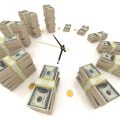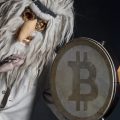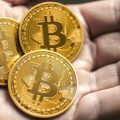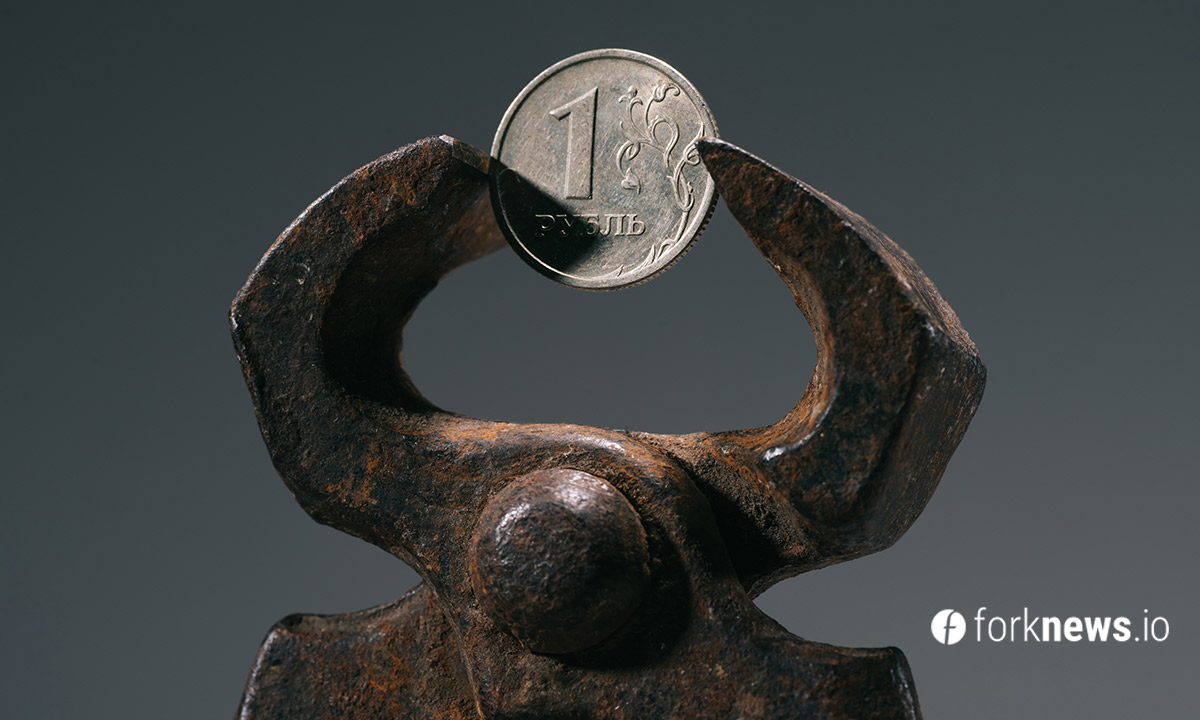
In this review, we will briefly talk about the history of the origin of money.
In economic theory, Karl Marx gavethe following definition of money:
Money– This is a special type of product that has emerged from the world of goods to serve as a universal equivalent. Gold and silver arefullmoney, and paper money – theirsubstitutes.
Completemoney or real – this is money fromwhose nominal value indicated on them corresponds to the real value (the real value is, for example, the cost of the metal from which they are made). Real money includes not only metallic money, but also equivalent goods.
TOsubstitutesReal money includes paper money and credit funds. Substitutes are called"Signs of value"... Their real value is significantly less than the nominal value that is indicated on them.
But first things first.Subsistence farming, in the absence of money, provided for barter exchange. With the development of commodity production and the need to exchange one commodity for another, the problem of the equivalence of exchange arose. At first, goods and their quantitative indicators played the role of an equivalent. So, for example, a cow could be exchanged for three or four goats. But using the item as payment for another item was a cumbersome and inconvenient way to buy. Agree, it is inconvenient to give 26 sheep for one MacBook.
The Scythians used bronze arrowheads for exchange.
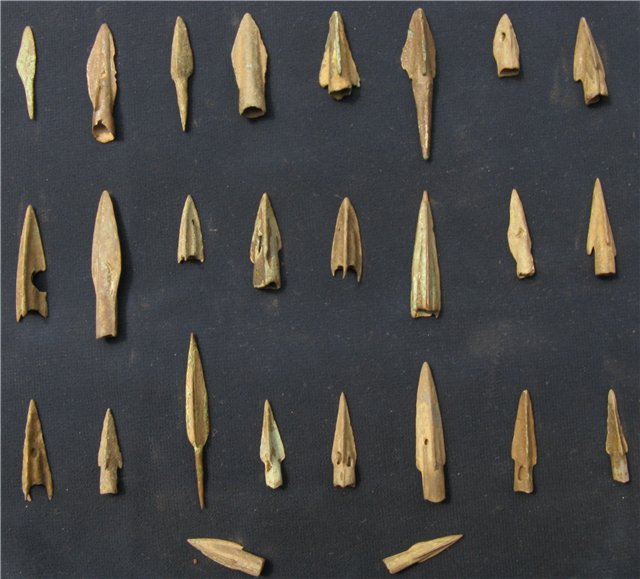
In ancient Rome, salt was used as an equivalent. In the process of evolution, they tried to replace the "equivalent product" with something smaller, easily divisible, but of some value.
Cowrie – This is a genus of marine gastropods, the shells of which had a weakly pronounced spiral shape with a narrow slit-like mouth covered with jagged outgrowths.
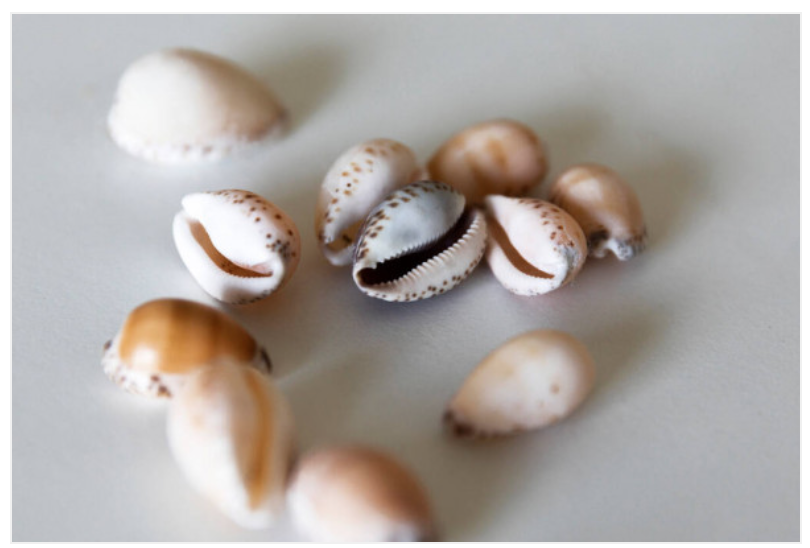
These shells were used as money in China three and a half thousand years ago.
In addition to China, shells were used in Japan, Korea,Thailand, Philippines. In India, shells became widely used in the 4th century and survived until the mid-19th century. The reason for their spread in Africa was the slave trade. Portuguese and English traders bought shells in India cheaply, and then carried them in a caravan across the desert to Central and Western Africa to sell them at a higher price; in Guinea they fetched double or triple the price.
In Azerbaijan, kauri was used asmoney until the middle of the 17th century. In Russia in the XII-XIV centuries, cowries were called uzhaki or millstones. They were often found in the Novgorod and Pskov lands during excavation of burials. In Siberia, they retained the functions of money until the beginning of the 19th century.
In the Middle Ages, on the territory of Russia, squirrel skins served as money. Their use was so widespread that claws and ears were used as smaller “coins.”
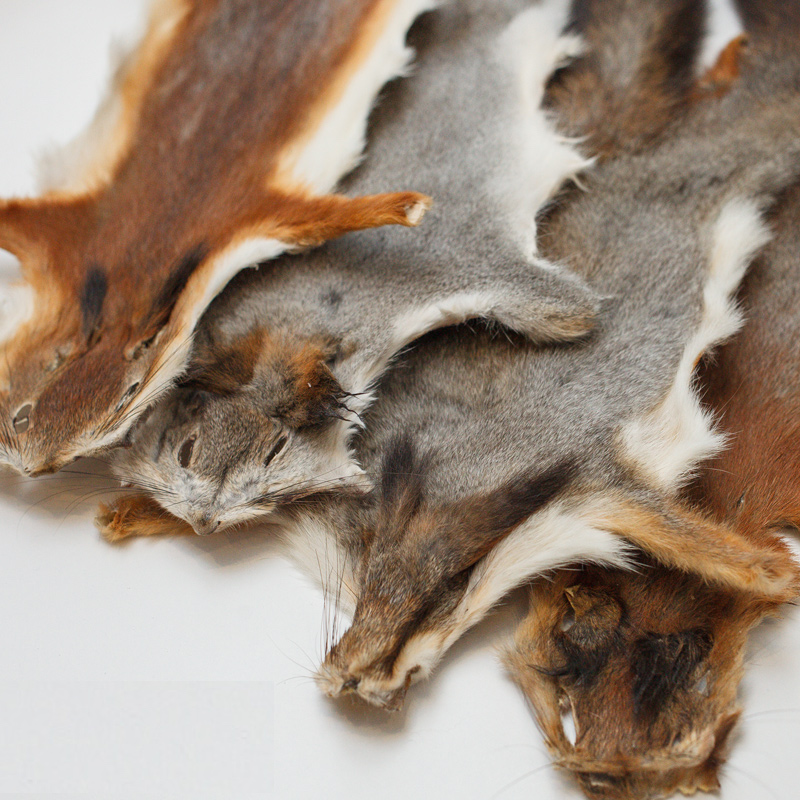
By coincidence, the extermination of squirrels andusing their fur as “currency” helped avoid another wave of bubonic plague. The squirrel's fur contained parasites that carried the disease.
In ancient China, around 600 BCAD, Chinese knives were used as an equivalent to money. They represented both weapons and money at the same time. The knives were marked with images of “fish”, “sheep”, “birds”, as well as numbers, which most likely determined their cost.
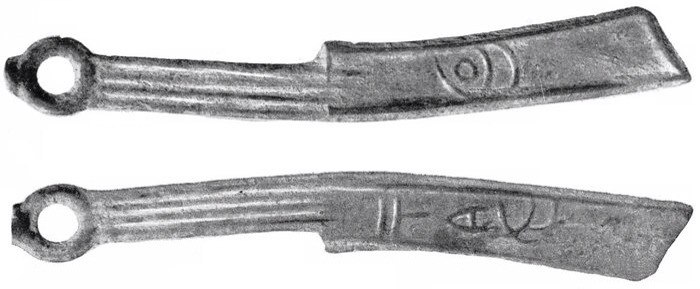
Knives have been used as money severalhundreds of years, until the Chinese Emperor Qin Shi Huang Ti abolished this "currency" and introduced round coins with a square hole in the middle as legal tender.
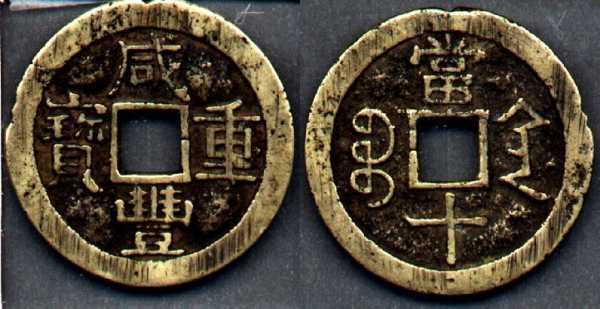
So gradually the transition from "equivalent goods" began to metal money. This process included several stages, which we will discuss in our next article.
Subscribe to ForkNews on Telegram to always be aware of the latest news from the world of cryptocurrencies

